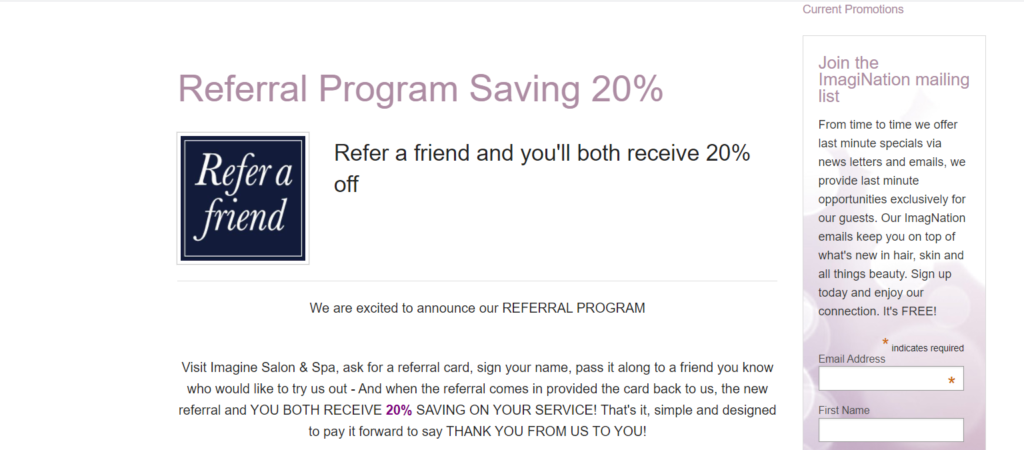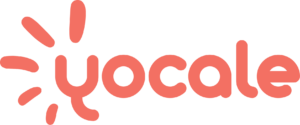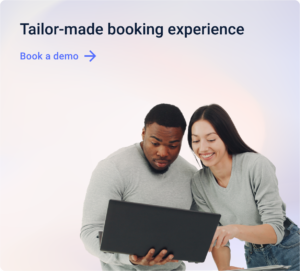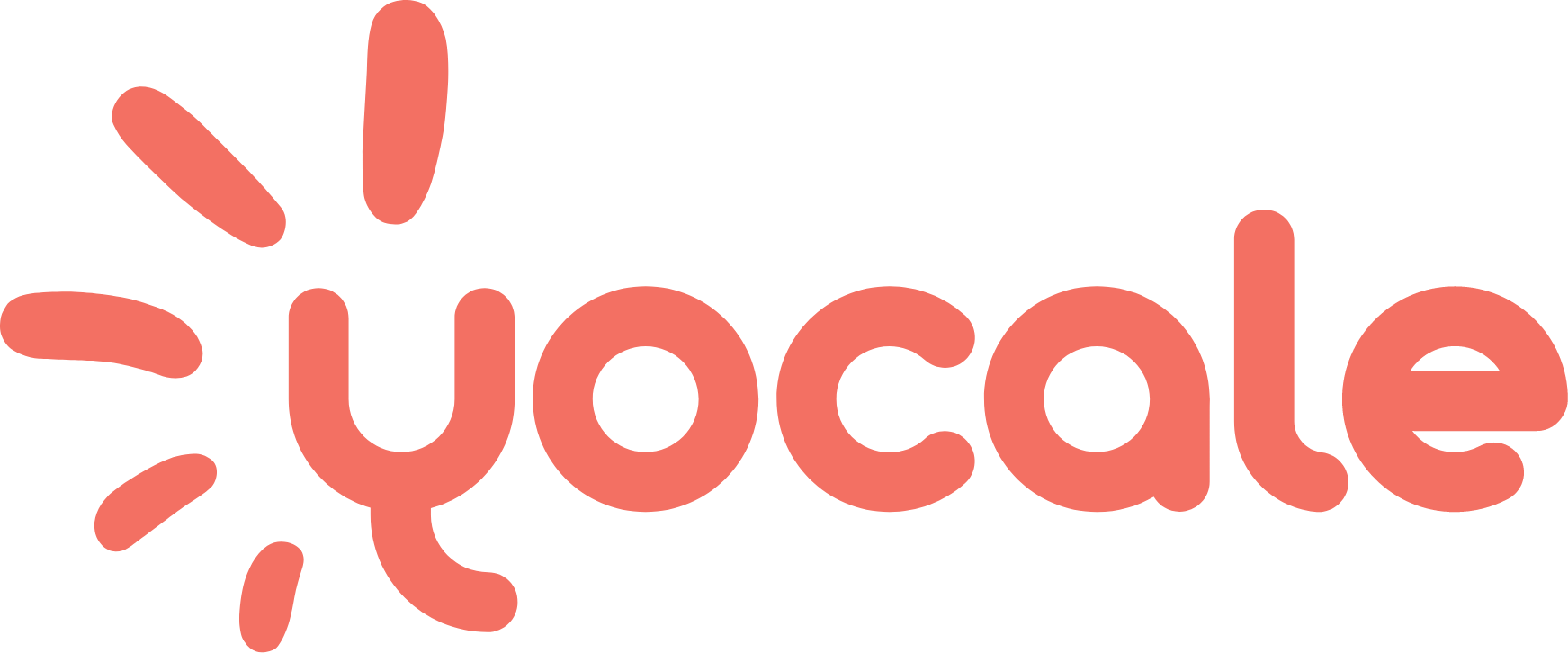Most of us learn about new restaurants, retail stores or eCommerce businesses through word-of-mouth conversations with friends and family. Not surprisingly, we’re also more likely to follow these recommendations because they’re the ones we trust the most.
In fact, ReferralCandy found that 92% of consumers trust recommendations from people they know. Likewise, people also pay 2x more attention to recommendations from friends.
While word-of-mouth referrals can occur organically, setting up a referral program incentivizes brand advocates to actually talk about your business.
Here’s how to set up a referral program for small businesses.
What Is a Referral Program?
Referral programs offer incentives or rewards to brand advocates who make a successful referral. These rewards may range from freebies, discounts, cash, or coupons.
For example, the Vibrance Medical Spa referral program rewards customers with redeemable spa dollars for successfully referring their friend. Meanwhile, referred friends get 20% off their first visit.
This double-sided rewards program from Vibrance Medical Spa rewards both customers and brand advocates.
This marketing strategy will not only delight your current customers but will also help brand advocates improve their relationships. If their referred friends have a good experience, they’re more likely to visit your store and refer more people from their network. After all, we all love growing our connections.
Why Does a Referral Program for Small Businesses Work?
Naturally, people talk about products they love and ask for referrals from those they trust. In return, we recommend brands we love so our friends and family can have a similar experience.
Still have some doubts? Here are some statistics which prove that referral marketing works:
- 83% of customers are willing to refer their loved ones, yet only 29% end up giving referrals, probably because they were never asked to.
- Referred customers bring you 25% higher profit margins.
- 75% of businesses surveyed believe referrals are their lowest-cost method of acquiring new customers.
- 78% of respondents with an established referral program found that referred customers are more loyal than other customers.
These statistics prove that a referral program for small businesses can make a significant impact on conversions.
With a referral program, brand advocates are actually motivated to spread the word to their network in exchange for potential rewards. This means you’ll have an opportunity to increase your customer base, boost your profits and boost retention for loyal customers. It’s the perfect win-win-win situation!
How to Set Up a Referral Program for Small Businesses
At this point, you probably want to find out how to jump on the bandwagon and get referrals for your business. Of course, you’ll need to know the essential steps and tools to launch a successful referral program. If you need some help, here’s a step-by-step guide for launching a referral program for small businesses.
1. Formulate Referral Program Goals
Just like any marketing strategy, begin by establishing your goals and objectives.
How many referrals do you want to get within the quarter? How many referred customers do you hope to attract with a referral program? Will your referral program help improve customer retention among long-time brand advocates?
Talk to your sales and marketing team to ensure that your referral program objectives are aligned with your business goals. They could also brainstorm ways to recruit more brand advocates to your business.
2. Determine the Best Incentives
Referral incentives are key to motivating brand advocates to provide referrals.
Let’s take a look at some popular incentives you can consider:
- Cash Reward – a scalable and repeatable reward that can motivate any customer. This is best for brands that rely on a big, one-time purchase (i.e. cars, mattresses).
- Store Discounts – ideal for businesses that rely on repeat purchases (i.e. spas, wineries).
- Custom Reward – providing customers with a special reward that they won’t be able to find anywhere else may be effective in motivating brand advocates to act.
For example, the California Wine Club lets brand advocates earn $100 in credit for referring fine wine to their loved ones.
3. Use Referral Program Software
Building a referral program from the ground up may seem like an intimidating endeavor.
The good news is referral program software can help you build your own referral program within minutes.
All you need to do is to connect your eCommerce website and choose your rewards. Then, the referral program tool can automate the entire process. It can send referral emails to brand advocates who have recently signed up and give rewards to those that make a successful referral.
4. Market Your Referral Program
No one will join your referral program if they don’t even know it exists.
Meet up with your marketing team and brainstorm ways to raise awareness among your customer base.
Here are some marketing channels you can utilize to boost your referral program:
Emails
Creating a referral email using your preferred email marketing service is one way to announce the launch of your referral program. This is an effective way to boost awareness among your subscribers and customer base. If you want to grow your email list to send more referral emails, use lead magnets to encourage your existing customers to share their contacts.
Take, for instance, Total Woman’s email which reminds their customers to invite their friends to get a $50 reward.
An alternative option is to mention your referral program at the bottom of your marketing email. This is a subtle and non-intrusive way to remind customers to refer to their friends.
Since it’s at the very bottom of every marketing email, customers will be able to keep your referral program at the back of their minds.
Landing Pages
Creating a dedicated landing page for your referral program enables interested brand advocates to learn the nitty-gritty details involved in referring a friend. It’s also an opportunity to feature the rewards customers can receive, especially if it’s a freebie or a customized item, and therefore generate more leads for your referral campaign.
For example, Imagine Salon Spa includes the requirements for a qualified referral and rewards that they offer.

Social Media
Announcing your referral program’s launch through a social media post will increase awareness among your current followers.
For example, Tranquil Palms spa posted a graphic with the message “Refer a Friend and you both will receive $5 off your next visit.” The eye-catching graphic and short message can convey your referral program’s benefits in a short and simple way.
Chatbots
A chatbot can briefly mention your referral program once customers sign up.
Since they can send a conversational message, they can talk about the referral program in a low-key and natural way.
Uber’s chatbot casually mentions the $20 ride credit that new customers can offer to friends. The best part? They can just tap the “Send Ride Credit” to refer their friends.
5. Create a FAQs Section
Customers won’t join your referral program if they don’t know the nitty-gritty details.
A good tip is to create a FAQs page that has details about the qualified referral and incentives. You can also include step-by-step instructions to guide brand advocates through the process of referring their friends and claiming their rewards.
Take, for instance, Halo Med Spa which has a dedicated landing page for the terms, and conditions of their referral program.
You can also get in touch with customer-facing sales teams to determine the questions people ask about your referral program. With a dedicated landing page, it’ll be easier for sales teams to reply to inquiries, and customers can easily find the information they’re looking for.
6. Monitor Your Referral Program Metrics
Of course, you’ll need to look at the numbers to guarantee that your referral program is a worthy investment. There are plenty of marketing analytical tools to help you monitor your results and stay up to date with all the changes.
Here are the metrics you can use to track the success of your referral program:
- Active Engagement Rate – the percentage of brand advocates who joined and participated in your referral program.
- Conversion Rate – the percentage of customers who engaged in a desired action such as joining your referral program or purchasing from your store, among others.
- Participation Rate – the percentage of brand advocates that participated in your referral program.
- Redemption Rate – the percentage of points or number of coupons redeemed.
- Repeat Purchase Probability (RPP) – the likelihood that customers will make another purchase from your business. If your referral program leads to more repeat purchases, this means your customer base has increased.
- Referral Cost – the investment necessary to keep your referral program running. This may include the cost of your referral program software, incentives or salary of employees managing your referral program.
- Return on Investment (ROI) – the ratio between the net income generated and investment cost. A high ROI for your referral program means that the investment gains compare favorably when compared to its cost.
Wrapping it Up
A referral program is one of the most effective ways to increase your customer base. The true value of an effective referral program lies in the fact that new referrals are more likely to recommend you to their friends since they have a higher net promoter score (NPS). Thus, a good referral program can create a referral loop that will enlarge your customer base incrementally.
As long as you know these tips and tricks, you’ll be able to build one for your business fast and easily.
Looking for even more clients? Read this.
Author’s Bio
Raúl Galera is the Chief Advocate at ReferralCandy, an app that allows eCommerce brands to set up and run customer referral programs.
ReferralCandy is the leading platform in terms of referral marketing for eCommerce brands. Founded over 10 years ago, ReferralCandy has helped over 30,000 brands leverage the power of word-of-mouth and turn their customer base into their marketing team.
Raúl has been leading ReferralCandy’s partnership efforts for the past five years, working alongside marketing agencies, media and tech companies.




